As a teacher, your financial situation may have evolved since you first secured your home loan. Whether you're looking to reduce loan repayments, release equity, or take advantage of changing market conditions, mortgage refinancing could provide significant benefits for your financial future.
Understanding Mortgage Refinancing
Refinancing involves replacing your existing home loan with a new one, typically with different terms, conditions, or lenders. This process allows you to reassess your current loan arrangement and potentially secure more favourable conditions that align with your current circumstances.
Finance & Mortgage Brokers like Teacher Loans can access loan options from banks and lenders across Australia, ensuring you have comprehensive choices when considering refinancing.
Key Benefits of Refinancing Your Mortgage
Accessing Lower Interest Rates
One of the primary motivations for refinancing is accessing a lower interest rate. Even a small reduction in your interest rate can result in substantial savings over the life of your loan. With both variable interest rate and fixed interest rate options available, you can choose the structure that suits your financial preferences.
If your fixed rate period ending coincides with higher market rates, refinancing might help you secure more favourable refinance interest rates with a different lender.
Reducing Monthly Loan Repayments
By securing a lower interest rate or extending your loan term, you can reduce your monthly repayments. This can free up cash flow for other financial priorities, such as:
• Building an emergency fund
• Contributing to superannuation
• Investing in professional development
• Planning family holidays or major purchases
Releasing Equity in Your Property
As property values increase and you pay down your mortgage, you build equity in your home. Refinancing allows you to release equity to buy the next property, fund renovations, or invest in other opportunities. This strategy can be particularly valuable for teachers looking to build long-term wealth.
Debt Consolidation
If you have multiple debts with varying interest rates, refinancing can help consolidate debts into your mortgage. This approach typically offers:
- Lower overall interest rates compared to credit cards or personal loans
- Simplified repayment structure with one monthly payment
- Potential tax benefits if funds are used for investment purposes
Changing Your Loan Structure
Refinancing provides an opportunity to change your loan term or switch between variable and fixed interest rates. You might choose to:
• Shorten your loan term to pay off your mortgage sooner
• Extend the term to reduce monthly repayments
• Split your loan between fixed and variable portions
• Access features like offset accounts or redraw facilities
Special Considerations for Teachers
As education professionals, teachers may be eligible for special lender policies that aren't widely advertised. Some lenders offer:
• Reduced deposit requirements
• Waived lenders mortgage insurance
• Preferential interest rates
• Flexible income assessment criteria
Working with Finance & Mortgage Brokers who understand the education sector can help you check eligibility for special lender policies that recognise the stable nature of teaching employment.
The Refinancing Application Process
The application process for refinancing typically involves:
- Financial Assessment: Review your current financial situation, including income, expenses, and existing loan details
- Market Research: Compare better loan options across multiple lenders
- Documentation: Gather required documents such as bank statements, payslips, and tax returns
- Application Submission: Complete applications with chosen lenders
- Approval and Settlement: Finalise the new loan and discharge the existing mortgage
A streamlined application process can be achieved by working with experienced mortgage brokers who understand lender requirements and can present your application effectively.
When to Consider Refinancing
Several circumstances might indicate it's time to explore refinancing:
• Your current interest rate is significantly higher than current market rates
• Your fixed rate period ending is approaching
• Your financial situation has improved since obtaining your original loan
• You need to access equity for investment or major expenses
• Your current lender's service levels don't meet your expectations
• You want to consolidate high-interest debt
Costs and Considerations
While refinancing can offer substantial benefits, it's important to consider associated costs:
• Discharge fees from your current lender
• Application fees for the new loan
• Valuation costs
• Legal fees
• Lenders mortgage insurance (if applicable)
A thorough cost-benefit analysis will help determine whether the long-term savings outweigh the upfront expenses.
Making the Right Decision
Refinancing isn't suitable for everyone, and the right choice depends on your individual circumstances. Factors to consider include:
• How long you plan to stay in your current property
• Your current loan amount and remaining term
• The difference between current and available interest rates
• Your long-term financial goals
The education sector's unique employment patterns, including holiday periods and potential career breaks, should be factored into your refinancing decision.
Refinancing your mortgage can be a powerful financial tool for teachers looking to optimise their home loan arrangements. From accessing lower interest rates to releasing equity for future investments, the benefits can be substantial when the timing and circumstances are right.
By working with Finance & Mortgage Brokers who understand the specific needs of education professionals, you can ensure you're making an informed decision that aligns with your career and financial objectives.
Call one of our team or book an appointment at a time that works for you to discuss how mortgage refinancing could benefit your financial situation.



